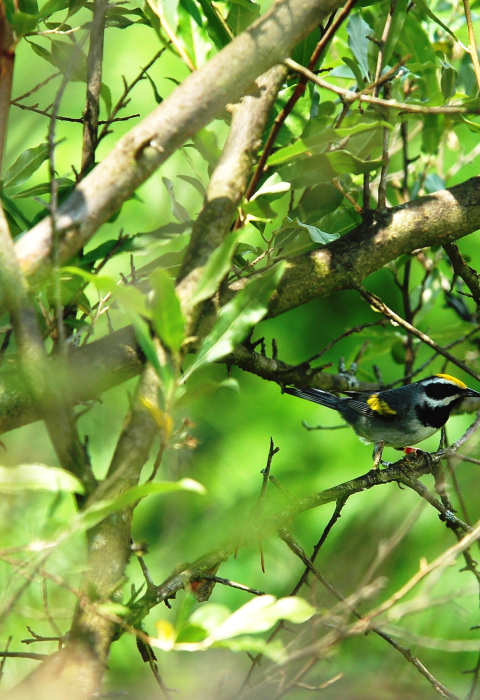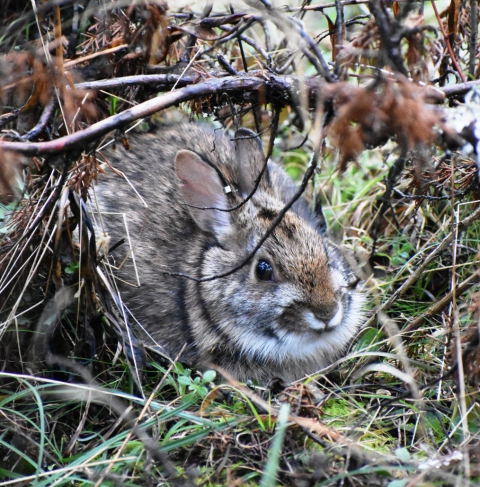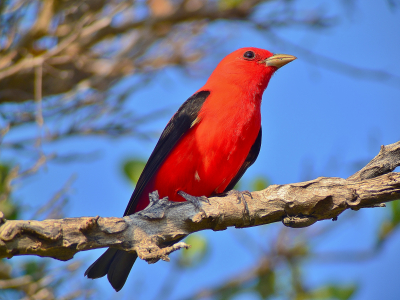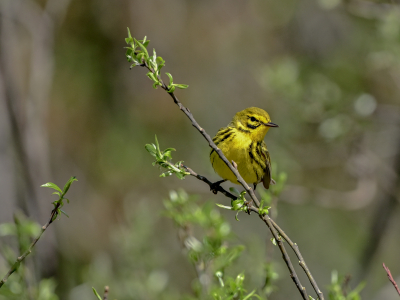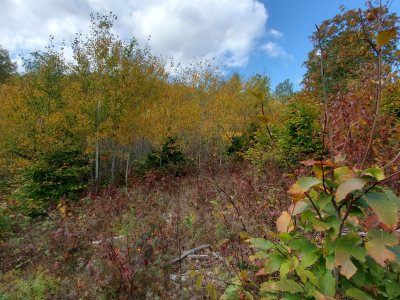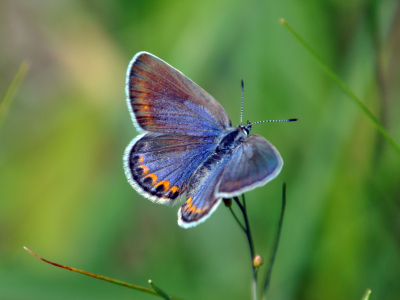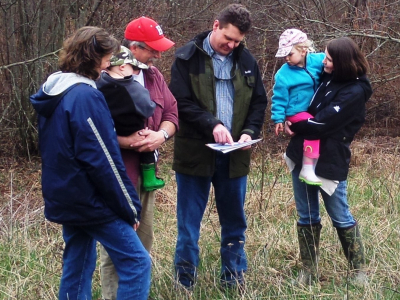Young forest and shrubland are short-lived, early successional habitats – usually they last for only 10 to 20 years. After that, small trees grow tall and shade out the dense, low plants that many animals require for food and cover.
We need mature woods to store carbon from the atmosphere, cleanse our water, and provide habitat for animals that use middle-aged and older forest.
Nature writer Scott Weidensaul explains why younger forests are also necessary in Old Growth is Great, But Here's Why We Need New-Growth Forests, Too.
Disturbances are Nature's Way
We no longer let wildfires burn unchecked, removing older trees that were once replaced by new growth. We prevent beavers from building dam complexes that flood many acres and kill trees – areas that, in the past, would have become young forest and shrubland after the beavers moved on. Storms blow down trees and create young forest, but often not in places where wildlife needs it the most.
Mimicking Disturbance Events
Habitat biologists, foresters, and landowners can mimic natural disturbance events. Science-based practices remove some older trees to let sunlight reach the ground again, jump-starting grasses, wildflowers, berry bushes, and seedling trees used by a host of wildlife from beneficial pollinating insects to magnificent black bears and moose. Many songbirds take their fledglings to such areas, where the young birds feed on extra-abundant insects and fruits while the dense stems protect them from predators.
Mosaics Yield a Healthier Forest
State and federal agencies, nature and wildlife organizations, land trusts, forest products companies, towns and counties, and private landowners are working together to create forests of different ages. Their efforts build a mosaic of different habitats, ensuring richer and more-diverse woodlands that are more resilient to insect pests and diseases than forests with only a few kinds of trees that are mainly of the same age. Wildlife benefits greatly.
You can help, too! Read the nontechnical 24-page Young Forest Guide, with "Young Forest Success Stories" telling how others have made important habitat on their land. To explore making or refreshing young forest and shrubland, check out the contacts at the bottom of the About webpage. Some projects may qualify for full or partial funding.

